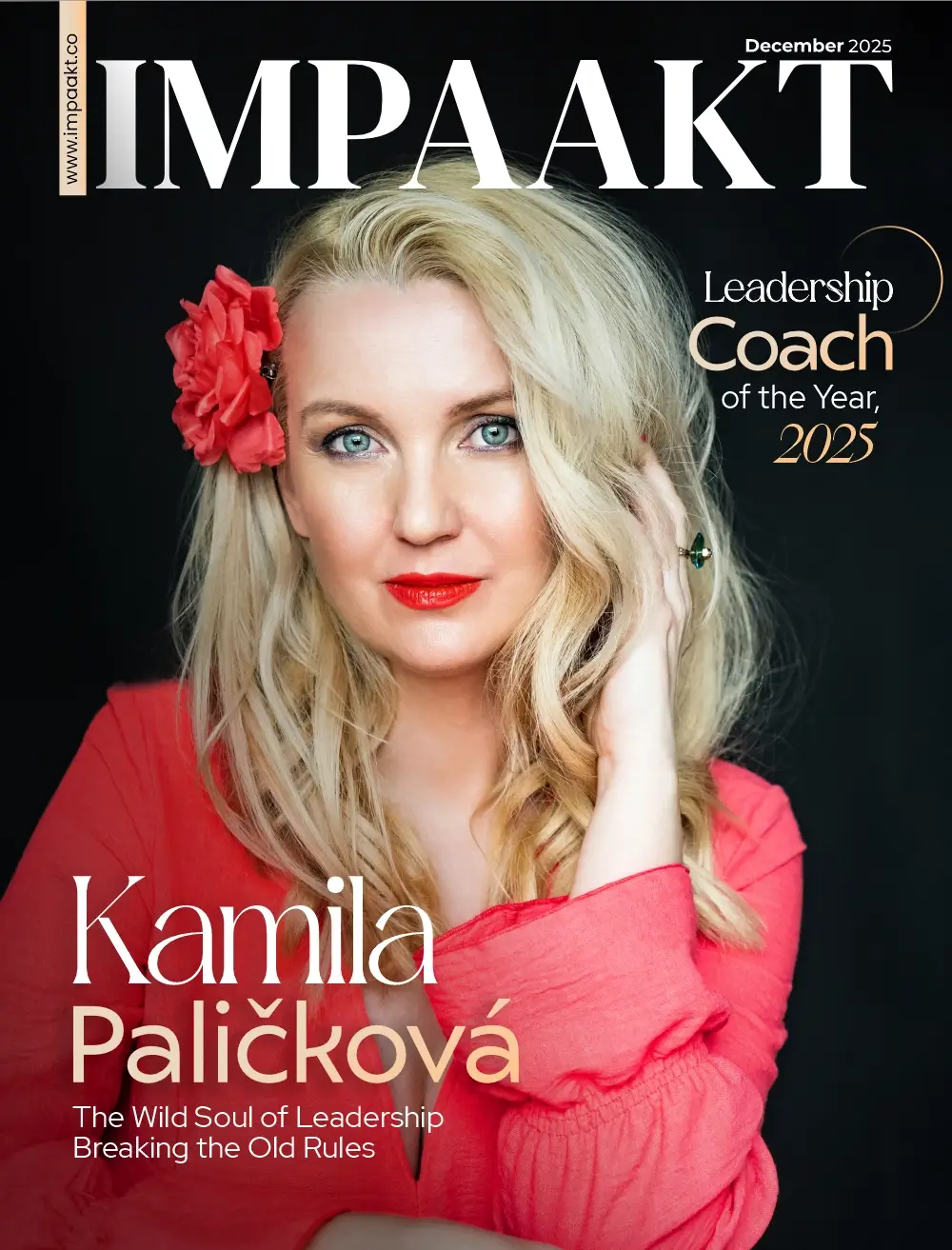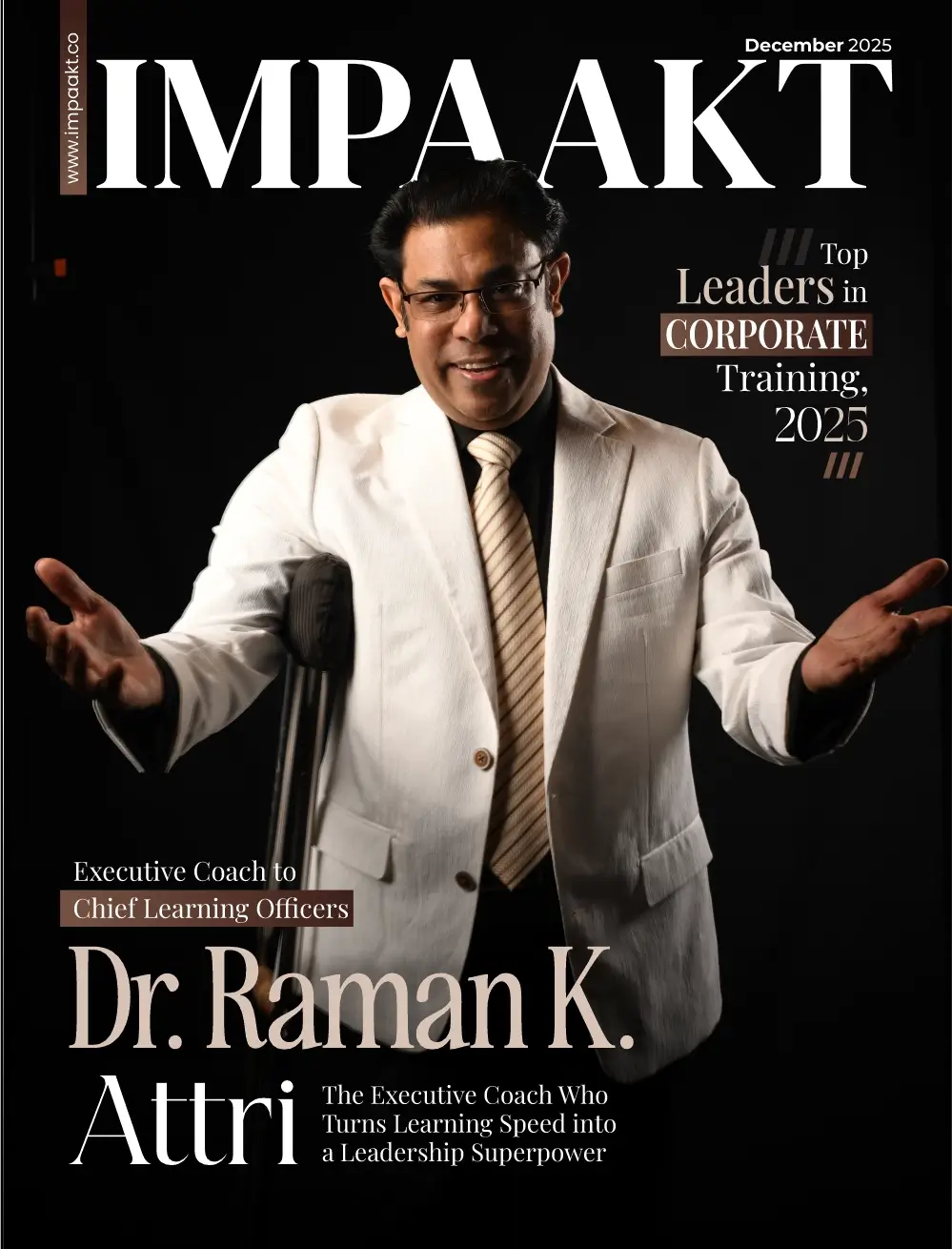The global healthcare ecosystem, especially in United States of America (USA) and worldwide, has spotted a glaring truth—black women have been encountering disproportionate challenges in maternal health, chronic illnesses, and accessing quality medical services compared to their white counterparts.
These disparities undoubtedly are unfair and reflective of broader societal injustices that are entrenched in a complex web of racism, sexism, and economic inequality.
The Center for Disease Control and Prevention in 2023 revealed a troubling statistic— “black women are 3X more likely to die from pregnancy-related causes than the white counterpart. This disparity stems from various factors: differences in healthcare quality, underlying health conditions, the systemic impacts of racism, and the presence of implicit biases.”
Fighting these biases and underlying care delivery roadblock, Dr.Yamicia Connor, CEO & Founder of Diosa Ara, advocates for a solution rooted in collaboration and real-world experiences. She emphasizes the importance of leveraging multidisciplinary expertise to develop interventions that resonate with women’s health, particularly those from underserved communities.
Dr. Connor is also the Co-founder of Race to Better Health, where she pioneers the concept of engineering health equity, advocating for tangible solutions to address systemic barriers. Her relentless pursuit of meaningful change is underscored by a commitment to shifting conversations, catalyzing innovation, and fostering collaborative partnerships to drive sustainable improvements in women’s health outcomes.
Dive into Dr. Yamicia Connor’s transformative work and unwavering dedication to accelerating progress in women’s health, positioning her as a visionary leader driving meaningful change in 2024 and beyond.
Below are the interview highlights:
As the founder and CEO of Diosa Ara, can you share with us the inspiration behind starting this digital health startup and how it aims to empower women globally?
The foundation of Diosa Ara is deeply personal, sparked by three pivotal moments in my life. The first moment came when I was deciding to specialize in OB/GYN. Despite warnings from well-meaning advisors about the field’s supposed lack of scientific depth and suggestions to choose a specialty more frequented by MD/PhDs, I felt irresistibly drawn to it. I saw it as my calling to effect meaningful change in the lives of women at all stages of life.
The second moment that profoundly influenced me was during my residency, where I directly witnessed the stark health disparities Black women faced in the United States and globally. It was disheartening to see firsthand that Black women received inferior care compared to their white counterparts, even in the very hospital where I trained. This experience laid bare the urgent necessity for systemic change. The issues of systemic and medical racism I observed underscored the dire need for focused innovation in women’s health.
The third and equally transformative event in my life was becoming a mother. Now a mother of three, having recently welcomed my third child in late December, my personal journey into motherhood has only intensified my determination. It has transformed my passion into a mission to forge a better future through Diosa Ara.
At Diosa Ara, we are committed to addressing the significant inequities in women’s healthcare, particularly focusing on the care of Black women and women of color. Our mission transcends mere medical care. It is about enriching the motherhood experience with joy and dignity—qualities often diminished by systemic biases and a widespread lack of inclusivity. Our goal is to challenge and dismantle the predominance of whiteness in motherhood narratives, ensuring every woman or birthing person embarking on this journey sees themselves truly represented within the healthcare system.
This commitment is integral to our brand and evident in our initiatives. We are currently finalizing a pregnancy manual designed from the perspective of Black birthing individuals. Adorned with beautiful illustrations that celebrate dark skin tones, this manual is more than a resource—it’s a powerful statement aimed at making women feel seen and valued by the medical community. Through Diosa Ara, we aim to create a healthcare environment where every woman and birthing person is supported, recognized, and respected.
Your background spans medicine, science, engineering, and public health. How do you leverage this multidisciplinary expertise to address the complex challenges in women’s health?
My background in medicine, science, engineering, and public health uniquely positions me to tackle women’s health challenges. Trained initially in chemical engineering, I learned to systematically break down complex problems and to experiment confidently, even with incomplete information. This skill is particularly valuable in obstetrics, where rapid, data-limited decision-making is often required.
This engineering mindset also shapes my approach to health equity, influencing the medical models we develop at Diosa Ara and the projects at Race to Better Health. It adds an intervention-focused perspective to public health.
My scientific and medical training provides a solid understanding of women’s health diseases. As a physician, I recognize that innovations must account for real-world barriers like social determinants and systemic issues to be effective. My multidisciplinary experience enables me to discern feasible solutions from those that are impractical, ensuring our interventions are both impactful and grounded. This approach is essential for making meaningful advancements in women’s health.
What are some of the key health inequities that women face globally, and how does Diosa Ara work to mitigate these disparities through innovation and technology?
Globally, women face significant health disparities, particularly in maternal and gynecological health outcomes. Recent data highlight that reproductive-age women in the U.S. have worse outcomes compared to their international counterparts, a disparity that transcends race. In the U.S. and around the world, black women and other marginalized groups suffer disproportionately poor outcomes. Beyond these critical areas, access to care for conditions some might consider elective, such as fibroid management, endometriosis care, infertility treatments, and polycystic ovary syndrome (PCOS) management, is far from universal. Many women lack access to necessary treatments for these conditions, further exacerbating health inequities.
Diosa Ara is dedicated to addressing these disparities through innovative and technological solutions. Our efforts are focused on enhancing maternal outcomes and gynecological health, recognizing the significant impact these issues have on the lives of families and communities. We understand that improving access to comprehensive care, including for conditions like fibroids, endometriosis, infertility, and PCOS, is essential for advancing women’s health equity. By leveraging our multidisciplinary expertise, we aim to develop interventions that are both impactful and grounded in the real-world experiences of women, especially those from underserved communities. Our mission is driven by the conviction that fostering health equity will lead to substantial improvements in the global well-being of women.
You co-founded Race to Better Health, focusing on engineering health equity. Could you elaborate on the initiatives undertaken by this nonprofit and the impact it has had on marginalized communities?
As a co-founder of Race to Better Health, I’ve dedicated myself to pioneering the concept of engineering health equity. This initiative is centered around creating tangible solutions to address the health disparities faced by marginalized communities. Our unique process, known as engineering health equity, is designed to make a measurable impact by tackling the root causes of health inequities. Our methodology is comprehensive, combining technology, community engagement, and advocacy to drive sustainable improvements in health outcomes.
We’ve pinpointed four significant barriers hindering progress in reducing health inequity: a fragmented health equity community, a rigid healthcare system, limited patient involvement, and a flawed innovation and translation pipeline. To combat these challenges, we’ve devised a method called “engineering health equity,” which applies an engineering perspective to health disparities. This approach systematically identifies barriers and crafts actionable, concrete, and sustainable solutions.
Engineering health equity is composed of three key components:
- Shifting the Conversation: We aim to move discussions around disparities from descriptive research to intervention-focused research. By employing engineering tools, we can create tangible health equity interventions.
- Catalyzing Innovation: This involves enhancing the translational pipeline and fostering interdisciplinary collaboration to bring about innovation.
- In-reach Paradigm: Unlike traditional outreach efforts, we advocate for an “In-reach” approach, where patients are invited to collaborate as equal partners in identifying and solving healthcare system flaws.
To further our goals, we’ve developed the Engineering Health Equity Design Framework. This framework draws from the scientific method, deterministic design, peer-review evaluation, and root cause analysis, offering a systematic approach to designing health equity interventions. The deterministic design method unfolds in an iterative, three-stage process—strategies, concepts, and modules—allowing for the development of coarse ideas into refined solutions. This process is vital for both process and technical innovations.
Each stage of the deterministic design process incorporates systematic review and peer-review evaluation involving key stakeholders. This ensures that only viable ideas progress further, with a high likelihood of buy-in and efficacy. Our aim is for this framework to act as a roadmap for innovators, guiding them in systematically developing interventions that can significantly impact health equity.
This comprehensive approach not only targets immediate health disparities but also addresses systemic issues contributing to inequity. By fostering a collaborative environment between stakeholders and leveraging a systematic, engineering-focused methodology, we are setting a foundation for meaningful, long-lasting change in health equity.
With your extensive experience in cancer research and public health, how do you envision the future of women’s healthcare, particularly in terms of early detection and prevention strategies?
I worry that early detection and preventative strategies will be limited due to underfunding. The allocation of research funding is critically limited, posing a significant barrier to progress in essential areas of women’s health. While several researchers have achieved remarkable progress in fields such as GYN oncology, endometriosis, and fibroid biology, the scarcity of substantial funding for basic research impedes the translation of these advancements into viable business opportunities that could significantly benefit women.
This issue is even more pronounced when addressing problems affecting underrepresented communities. The funding for basic research and the translation of innovations into viable businesses is particularly dismal in these areas. In the U.S., where the capitalist system predominates, innovations are primarily disseminated through industry. Consequently, the lack of funding for early-stage ventures in these communities sends a message that their problems are not deemed worthy of investment. This stance is not only a missed opportunity from a business standpoint but also represents a profound moral failure. The imperative to provide equitable support for innovations in women’s health care is clear, underscoring the need for a concerted effort to increase funding and investment in areas that have the potential to transform the lives of women, especially those from underrepresented communities.
What role do you believe technology and data-driven approaches play in advancing women’s health outcomes, especially in underserved communities?
In advancing women’s health outcomes, especially in underserved communities, I see technology and data-driven approaches as pivotal. The complexity of understanding the relationship between risk factors and disease, particularly with the inclusion of social factors, requires advanced solutions. Data science offers a promising avenue to decipher these intricate connections, providing the nuanced insights necessary for identifying at-risk patients and enabling targeted interventions.
Currently, our reliance on epidemiological, demographic, or social factors, though beneficial in some aspects, often results in overgeneralization, which can be counterproductive. This broad-stroke approach lacks the specificity needed for effective intervention and inadvertently contributes to the perpetuation of medical racism. For instance, using broad risk factors such as race can be minimally beneficial and, in fact, harmful by reinforcing stereotypes and biases within medical practices.
Leveraging technology and data science, we aim to refine our understanding and approach, moving beyond these broad categorizations to a more precise and individualized understanding of health risks. This shift not only can improve health outcomes by ensuring interventions are more accurately targeted but also plays a crucial role in dismantling systemic biases inherent in the current healthcare system.
As a women’s health consultant for various firms, including GV, how do you navigate the intersection of business, technology, and healthcare to drive meaningful change?
My experience across these disciplines has taught me the importance of speaking multiple “languages” that resonate with different communities. Whether I am discussing a problem with physicians, investors, or engineers, I tailor my presentation to align with their perspectives, enabling each group to see how they fit within the solution and what they can contribute.
This adaptability doesn’t come easily. It demands a deep understanding of the motivations and aspirations of each group. However, my growing expertise in the women’s health sector has equipped me to effectively walk this tightrope, bridging diverse viewpoints towards a common goal.
Moreover, my involvement with Race to Better Health has been instrumental in enhancing this skill. The organization’s aim to forge a multidisciplinary coalition to address health equity and women’s health issues has provided me with invaluable insights. By learning from my colleagues within the organization, I’ve honed my ability to appeal to various professions, further enabling me to facilitate impactful collaborations across the realms of business, technology, and healthcare.
You’ve been recognized with prestigious awards such as the STAT Wunderkind award. How do you see these accolades contributing to your advocacy efforts for women in STE(A)M fields?
So much of the work that I, along with many others, do in the realm of women’s health and STEM goes unnoticed and unrewarded, which means that these accolades don’t directly affect my advocacy efforts for women in STEM. My commitment comes from my own experiences as a woman in STEM, understanding the unique challenges and obstacles we face, coupled with my deep love for the sciences and a sincere desire to see women thrive and lead fulfilling lives.
However, what recognition and accolades do offer is a platform. The attention garnered from such awards can be instrumental in securing support in funding and exposure. This aspect is crucial for the advancement of our work; having a great idea is only the beginning. The ability to promote it, grow it, and fund it is what truly determines the impact of that idea. Therefore, while the awards may not directly influence my advocacy efforts, they play a pivotal role in amplifying our work, enabling us to reach a wider audience and secure the necessary resources to make a tangible difference.
In your opinion, what are some of the most pressing policy changes needed to improve women’s access to comprehensive healthcare services and ensure health equity?
In my view, the most urgent policy changes needed to enhance women’s access to comprehensive health care services and ensure health equity, particularly in the United States, revolve around several key issues.
Firstly, the current attack on reproductive health freedom, highlighted by the overturning of Roe vs. Wade, stands as the most glaring challenge. This issue goes beyond abortion policy; it’s fundamentally about controlling women’s reproductive freedoms. This encompasses the right to choose whether and when to have children, the ability to raise families as one sees fit, and access to quality health care in emergencies. The degradation of reproductive rights, which has been happening over many years, initially affected primarily Black and brown women but now threatens all women. It’s crucial to understand that ensuring women in extremis receive the best possible health care should be a universally agreed-upon principle, irrespective of individual views on abortion.
Secondly, there’s a dire need for increased funding across all aspects of women’s health. This includes not just research into disease pathophysiology but also an understanding of the barriers to accessing care and factors indirectly affecting women’s health, such as childcare, elder care, maternal leave, and support through the postpartum period. Comprehensive health services for women can only be achieved by addressing these multifaceted needs.
Lastly, addressing women’s health requires a concerted effort from the entire society, not just women or healthcare professionals. This is a societal issue; the health and well-being of women are foundational to a functioning and prosperous society, given the integral role women play in all aspects of life. We need more people engaged in finding solutions and advocating for the necessary policy changes to ensure health equity and access to comprehensive care for all women.
Lastly, in celebration of International Women’s Day, what message or advice would you like to share with aspiring women leaders and advocates in the field of healthcare and technology?
First, it’s imperative to think outside the box. The solutions we currently have are not working, signaling a clear need for innovative thinking and the courage to challenge the system. Our mission demands that we do not shy away from exploring new avenues and proposing radical changes where necessary.
Second, embracing failure and rejection is crucial. The unique needs of women are still not universally understood or valued enough, which can result in skepticism and lack of support. It’s essential not to let this deter your work or diminish your resolve. Persistence in the face of adversity is key to making breakthroughs in this field.
Third, finding and nurturing alliances is critical. The landscape of women’s health advocacy is vast, encompassing investors, research scientists, clinicians, patients, policymakers, and politicians. Effective collaboration across these dimensions is essential to ensure that our efforts are amplified and not duplicated. Working hand in hand with allies can significantly enhance our impact and reach.
Lastly, broadening your knowledge base is essential. Women’s health, particularly reproductive health, is becoming increasingly complex. Proficiency in technology and medicine, and an understanding of the law, social science, and current events, is crucial. These disciplines play a significant role in shaping how women receive healthcare. Unfortunately, the health of women has been politicized, necessitating a comprehensive approach to advocacy and intervention. We must consider the full spectrum of women’s lives to provide effective support and solutions, helping them navigate the complexities they face.











